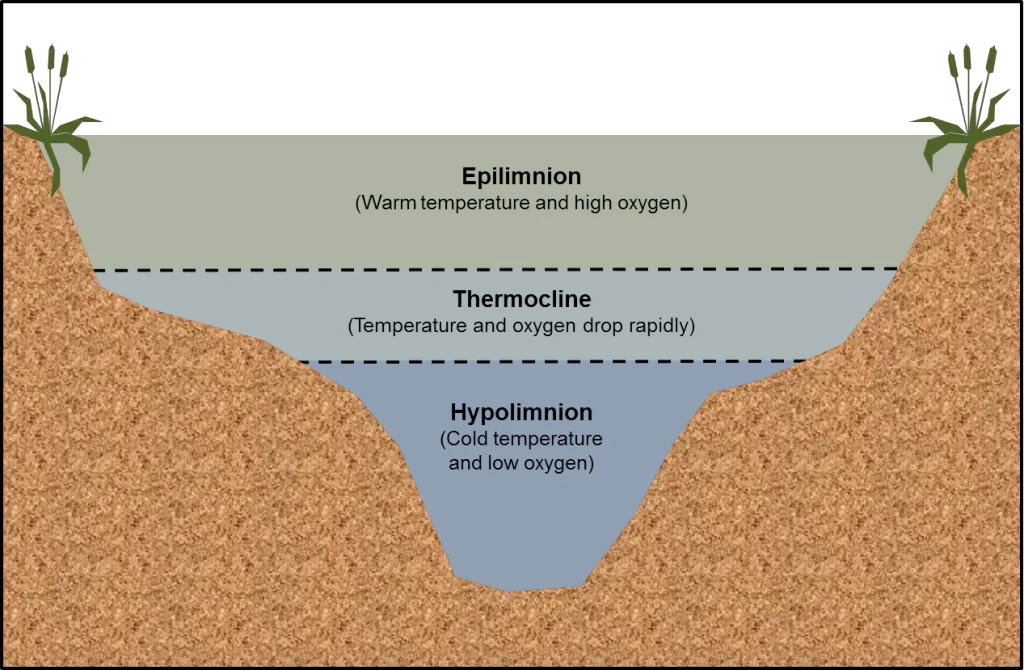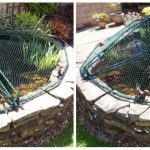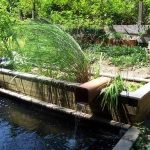Creating a pond on your property can be a rewarding and visually appealing project. One of the essential elements of a pond is the dam that holds the water in place. In this guide, we will walk you through the steps to build a pond dam successfully.
1. Site Selection
Choose a location for your pond dam that is slightly elevated and where the soil is suitable for compacting. Avoid areas with underground utilities or tree roots that could compromise the integrity of the dam.
2. Design and Planning
Before you start building, create a detailed plan for your pond dam. Determine the dimensions, slope, and materials needed for the project. Consider factors such as the size of the pond and the water volume it will hold.
3. Clearing and Grading
Clear the area where the pond dam will be constructed of any vegetation, rocks, or debris. Use a bulldozer or excavator to grade the site and create a smooth, uniform surface for building the dam.
4. Compacting the Soil
Compacting the soil is crucial to prevent seepage and ensure the stability of the pond dam. Use a compactor or roller to pack the soil tightly in layers, making sure to compact each layer thoroughly before adding the next.
5. Building the Core
The core of the pond dam is the central element that provides structural support and prevents water from seeping through. Construct the core using impermeable materials such as clay, bentonite, or a geomembrane liner.
6. Adding Fill Material
Once the core is in place, begin adding layers of fill material such as clay, soil, or gravel on top. Compact each layer thoroughly to ensure a solid foundation and prevent water from penetrating the dam.
7. Installing a Spillway
A spillway is essential for controlling the flow of water and preventing erosion on the pond dam. Install a spillway near the top of the dam to regulate the water level and discharge excess water safely.
8. Vegetative Cover
After the pond dam is completed, consider planting vegetation on the slopes to stabilize the soil and prevent erosion. Grasses, shrubs, and trees can help protect the dam and enhance the aesthetics of the pond.
9. Maintenance and Inspection
Regular maintenance and inspection of the pond dam are vital to ensure its long-term functionality. Check for signs of erosion, seepage, or damage, and address any issues promptly to prevent costly repairs.
10. Safety Considerations
When building a pond dam, always prioritize safety. Use proper equipment, follow guidelines for working near water, and consult with experts if needed to ensure the structural integrity of the dam.
By following these steps and guidelines, you can successfully build a pond dam that is not only functional but also enhances the beauty of your property. Remember to plan carefully, use quality materials, and prioritize maintenance to enjoy your pond for years to come.
Building a pond dam is a significant undertaking that requires careful planning, attention to detail, and adherence to safety protocols. By following the steps outlined in this guide, you can create a pond dam that is structurally sound, visually appealing, and environmentally sustainable. Take the time to design, build, and maintain your pond dam properly to ensure its longevity and enjoy the benefits of having a beautiful water feature on your property.





